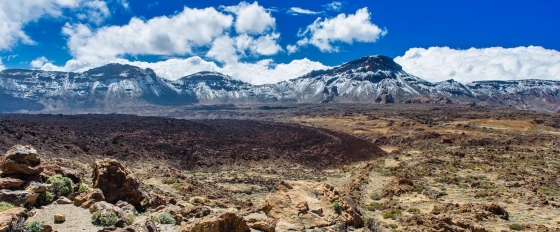Costa des Pins Rainfall & Precipitation: Monthly Averages and Year-Round Insights
This page shows both the average monthly rainfall and the number of rainy days in Costa des Pins, Balearic Islands, Spain. Long-term data from 1990 to 2020 was used to calculate these averages. Now, let’s break down all the details for a clearer picture.
Costa des Pins's climate is marked by below-average rainfall, accumulating 474 mm of precipitation yearly.
Monthly Precipitation Levels
The average number of days each month with precipitation (> 0.2 mm)
Significant seasonal changes in precipitation occur throughout the year. During the wet season, November receives substantial rainfall, averaging 77 mm of precipitation, recorded across 13 rainy days.
In contrast, the drier season, July brings less rainfall, with 4.9 mm over 3 rainy days.November, the wettest month, has a maximum daytime temperature of 19°C. The city receives 161 hours of sunshine in this period. During the driest month July you can expect a temperature of 28°C. For more detailed insights into the city’s temperatures, visit our Costa des Pins Temperature page.
Annual Precipitation in Spain
The map below shows the annual precipitation across Spain. You can also select the different months in case you are interested in a specific month.
 heavy rainfall
heavy rainfall
 high
high
 moderate
moderate
 low
low
 almost none
almost none
Amsterdam Precipitation Compared World Wide
Costa des Pins’s average annual precipitation is 474 mm. Let’s compare this to some popular worldwide tourist destinations:
Seville, Spain, experiences 541 mm of rainfall annually, with wet winters and dry summers typical of southern Spain.
In Shanghai, China, the annual average precipitation is 1347 mm, with a humid subtropical climate.
Melbourne, Australia, has 690 mm of rainfall annually, spread fairly evenly throughout the year.
Mumbai, India, experiences a tropical monsoon climate with 1860 mm of annual rainfall, with the majority of precipitation happening during the monsoon season from June to September.
How is Precipitation Measured?
Precipitation amounts are measured using specific gauges installed at weather stations, collecting both rain and snow and any other type of precipitation. Rainfall is measured directly in millimeters, while that from snow and ice is obtained by melting it. Automated systems often incorporate heaters to make this easier.
Information from these stations is transmitted via Wi-Fi, satellite, GPS, or telephone connections to central monitoring networks. This information is immediately updated and integrated into weather models and forecasts.
Global Warming and Precipitation
Climate change is affecting precipitation patterns worldwide, including Costa des Pins:
- Changing Rainfall Patterns: Global warming causes drastic changes in the patterns of rainfall. Some areas have been experiencing increased frequency and intensity of rainfall, while other areas experience longer dry spells or even droughts.
- Local Impacts: Many regions are experiencing heavier rainfall in the winter months and drier, hotter summers. This affects agriculture, water resources, and ecosystems.
For more detailed information about Costa des Pins’s weather, including sunshine hours, humidity levels, and temperature data, visit our Costa des Pins Climate page.
Current rainfall in Costa des Pins














